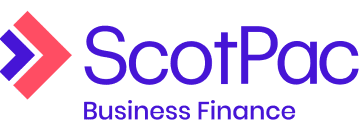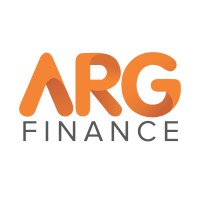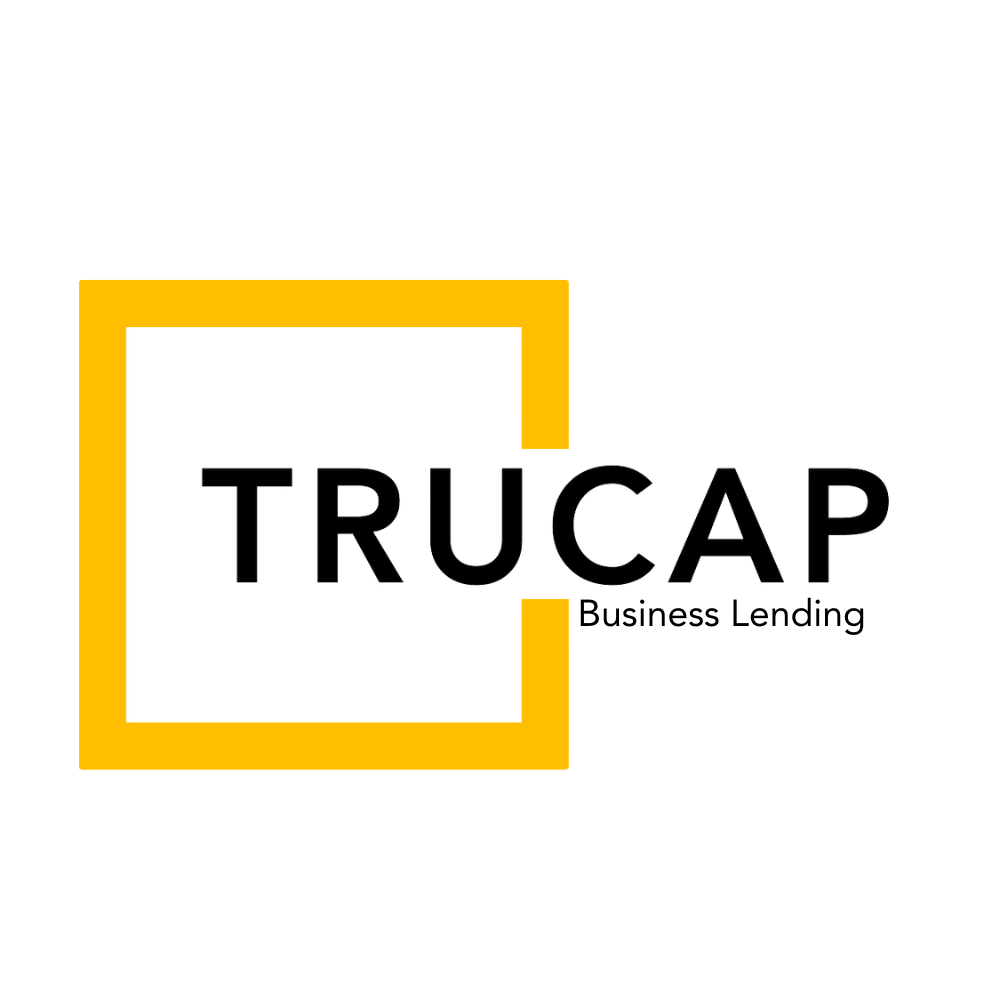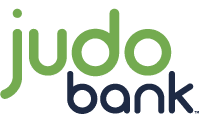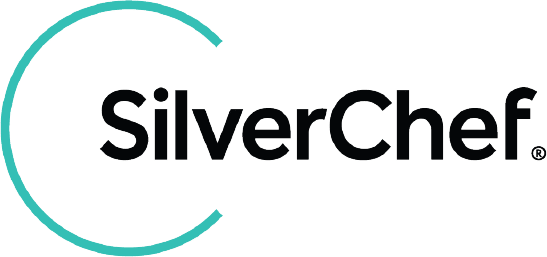Calculate your business loan repayments
Business loan calculator
Crunch the numbers to see what your repayments could look like
Your estimated repayments
$98.62
| Total interest paid: | Total amount to pay: |
| $1233.43 | $5,143.99 |
Why apply for a business loan with Savvy?
Expert brokers
You can speak with one of our specialist commercial brokers who can walk you through a range of loans to best suit your company's needs.
Over 40 lending partners
You can compare business loan offers, through a range of trusted lenders, maximising your chances of a great rate.
Fast online process
You can fill out our simple online form to generate a free business finance quote within minutes. You can also come back to it at any time.
How to use Savvy’s business loan repayment calculator
Crunching the numbers on your repayments is easy with Savvy’s business loan calculator. Simply follow these steps:
- Enter your desired loan amount (up to $300,000 for unsecured business loans or $5,000,000 for secured)
- Select a loan term between one and seven years
- Enter the interest rate
- Choose a weekly, fortnightly or monthly repayment option
- See the breakdown of the total amount to pay, as well as the total interest payable
You can adjust each of these variables to see what impact they have on the cost of your repayments and the loan as a whole.
It’s important to note that the default interest rate in the calculator is indicative of the lowest commercial rate available through Savvy right now. It may not be reflective of the rate you’re offered by your lender.
This calculator also doesn’t include establishment or ongoing fees, which are also common on business loans. Using your loan’s comparison rate in the calculator will give you a better indication of how much you’re likely to end up paying.
How to apply for a business loan with Savvy
-
Fill out our simple online form
First and foremost, tell us about yourself and your business, as well as the details of the loan you’re after.
-
Submit any required documents
We may need documents to verify parts of your application, such as your identity and business revenue.
-
Speak with your Savvy consultant about your loan options
Your consultant will compare the options available through our panel of lenders and talk you through your next steps.
-
Have your application prepared and submitted for approval
If you’re happy with it, we’ll move your application along and prepare it for formal submission to your lender.
-
Receive formal approval and settle the loan
We’ll let you know when your loan has been approved and will send you all the final documents to sign before the funds are transferred.







